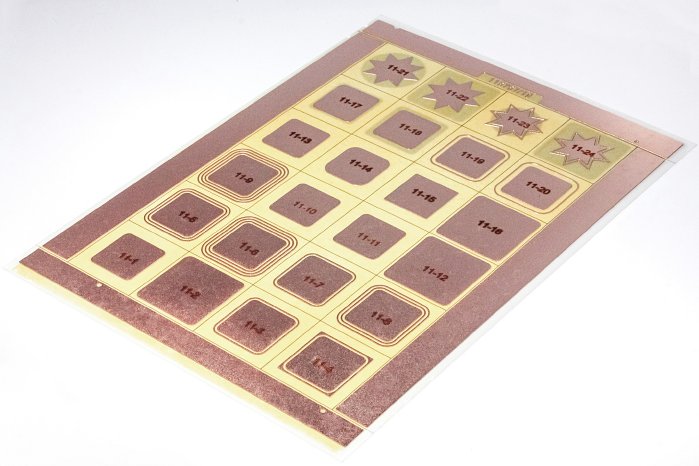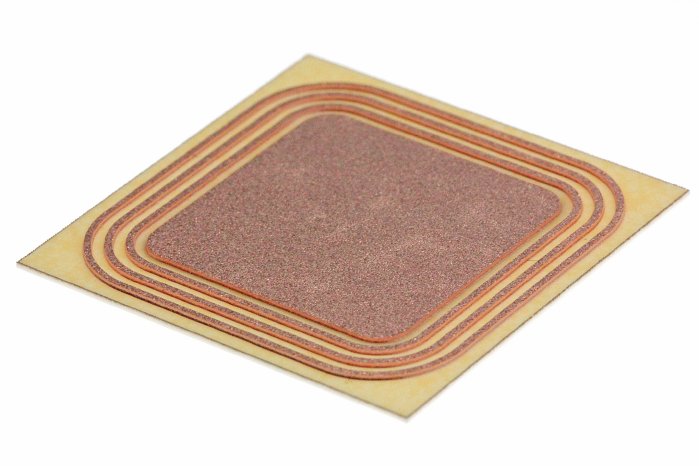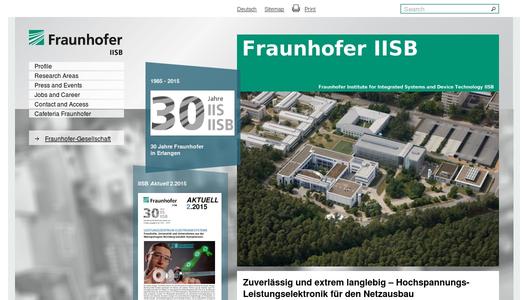Today, power electronics systems are already found along the entire power generation chain - from the power station to the consumer. These systems continue to grow in importance due to the German federal government's decision to expand the energy networks. Power electronic systems are the key components for an efficient transmission and distribution of electrical power and for ensuring network stability. Power modules with voltage classes up to 6.5 kV have become established in industrial drive technology and in rail technology. However, the new applications in energy technology make considerably higher demands of the dielectric strength and the reliability of these modules. The main ceramic insulator, the socalled DBC insulating substrate (DBC: "Direct Bonded Copper") can be regarded as the central component of the power modules. The DBC substrate serves as a circuit carrier and accommodates the electronic power devices. The electrical contacting of the devices and the actual wiring of the circuit take place via a copper layer on the substrate surface that is formed by etching.
In the project "Construction and Testing Technology for Extremely Durable High-Voltage Modules" (APEx), it was possible to increase the dielectric strength of currently available DBC insulation ceramics using an optimized module design. In addition to specific material characteristics, the electrical field distribution in and around the insulator is a significant influencing factor, among others. Increases in the electrical field strength especially occur at the edge structures of the etched copper layer. The field increases cause local insulation currents, socalled partial discharges, in the surrounding insulating material, which can considerably reduce the lifetime of the power modules. The amount of the field increases depends on the applied voltage on the one hand as well as strongly on the geometric form of the edge structure on the other. For this reason, it can be influenced in a relatively cost-neutral way.
To optimize the edge structures, the maximum field strengths that occur on different designs had to be simulated and associated with partial discharge measurements. A comprehensive, simulation-based preliminary investigation of the field strength distribution on the edge structures of the DBCs identified the principal geometric and material-specific influencing factors and allowed a basic theoretical understanding of the interactions. This also required a review of the simulation tools as well as the models used, especially to circumvent so-called unavoidable singularities. In numerical simulation, the modeling of ideal edges can produce excessive values for the field strengths that occur. With the FEM simulation (FEM: "Finite Element Method") used for this, it is therefore essential to have the right lattice parameters and select suitable measuring points to be able to exclude gross distortions of the calculated field strength distributions.
The findings obtained from the simulations and the newly developed ideas were confirmed by partial discharge measurements on corresponding test designs with adapted edge structures. Thanks to the support of the BMBF, it is now also possible - in addition to purely indirect measurement - to detect the precise point or origin of partial discharges visually using a UV camera system at Fraunhofer IISB.
To increase the reliability and lifetime of power modules, tests were also carried out on coating systems in the framework of APEx. Filling microcracks and insulating gaps with suitable inorganic and organic materials considerably increased the mechanical resistance. Accelerated aging tests on module-oriented set-ups in temperature shock cabinets demonstrated the improved thermal fatigue resistance or storage stability of the DBC modules coated in this way.
APEx was supported in the framework of the BMBF support program "IKT 2020 - Research for Innovations". One objective of IKT 2020 is to develop innovative materials and components in electronics for the application field of energy supply.
On the basis of the modifications for DBC power modules studied in APEx, initial prototypes were produced at Rogers Germany GmbH. The optimization of the edge structures as well as the coating technology can be used individually or in combination to improve the product characteristics. The methods can be used on existing DBC layouts as well as on standardized power module dimensions.
The continued decentralization of the energy supply in the medium- and high-voltage sector suggests an increasing demand for breaker cells with an extremely long lifetime of 40 or more years in continuous operation as well as with high dielectric strength. Last but not least, this makes the availability of such components strategically important for the energy industry.



